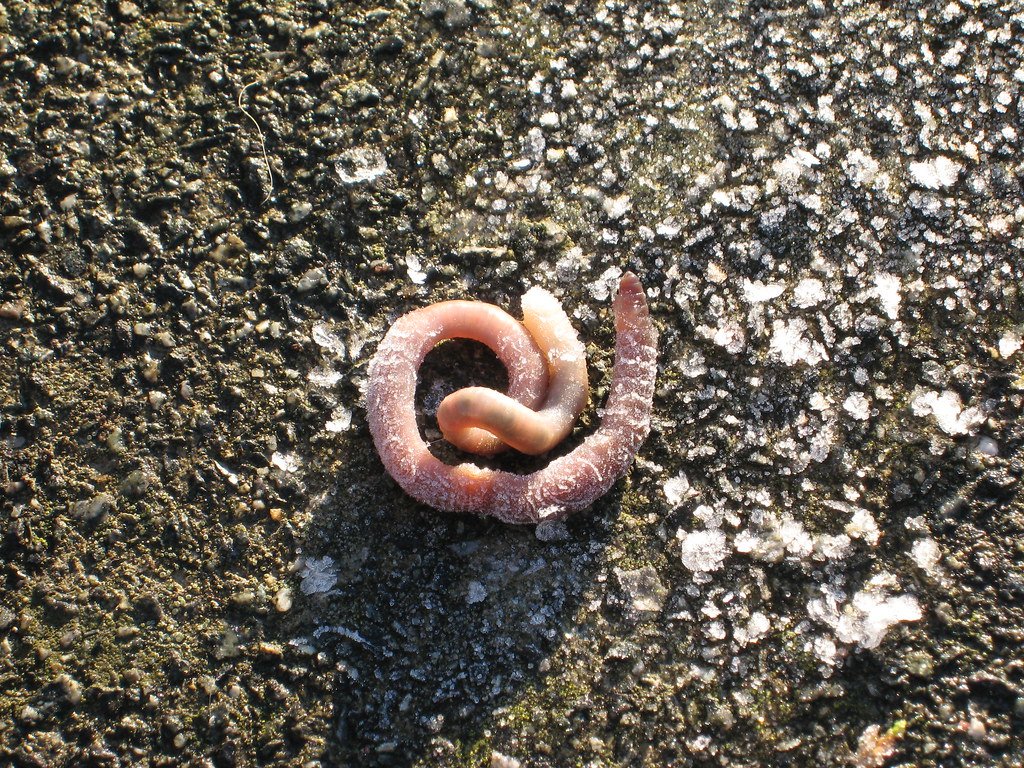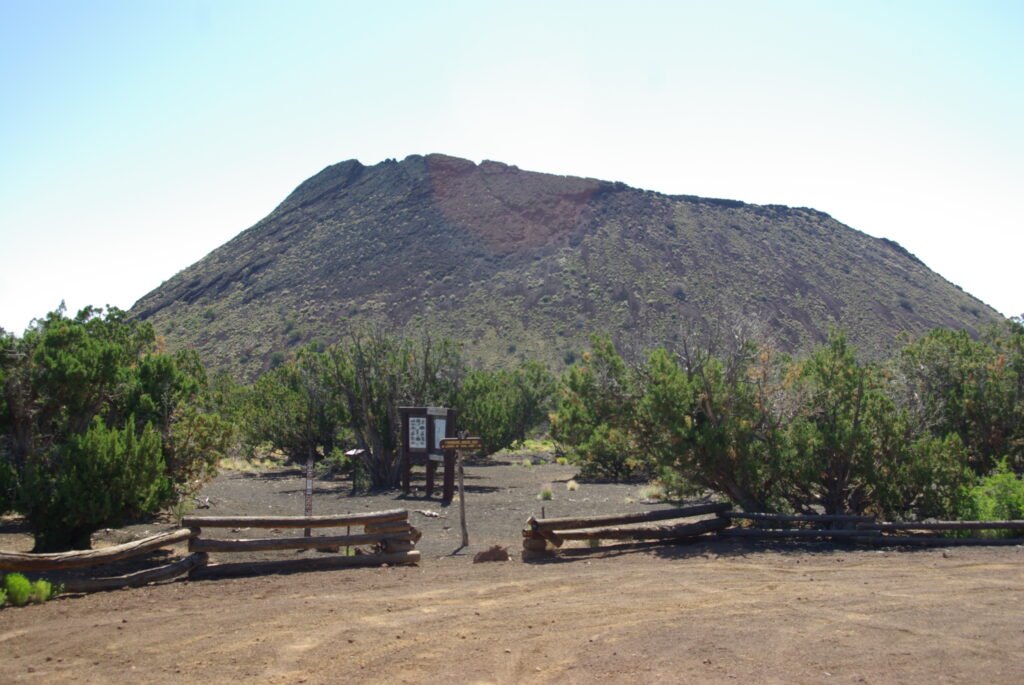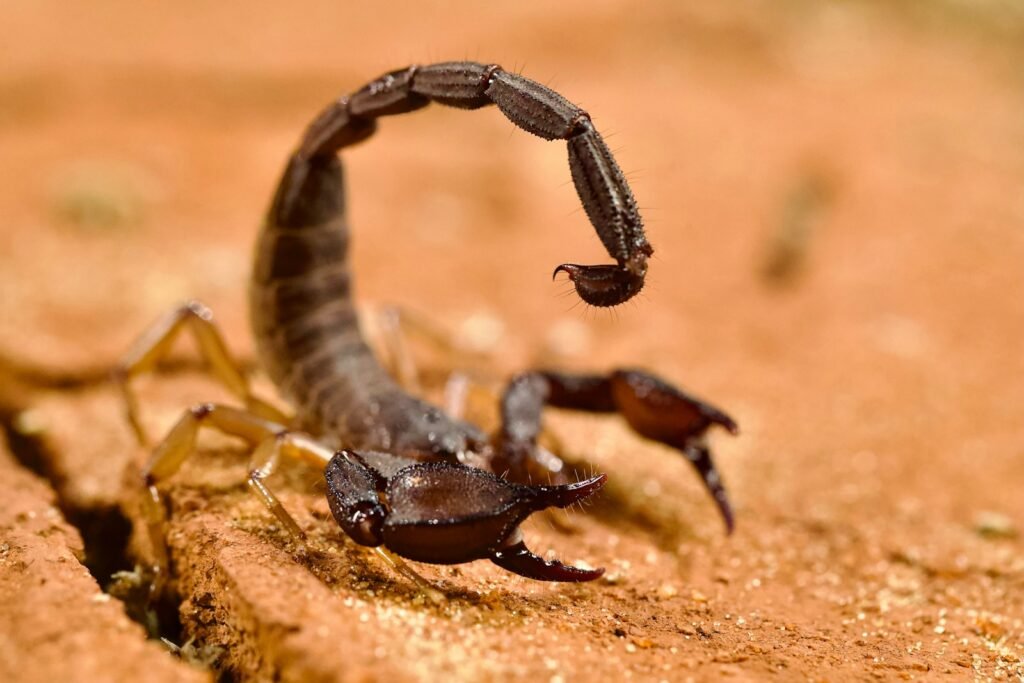Hidden within the sprawling metropolis of Mexico City lies a sanctuary that most residents don’t even know exists. Behind unmarked gates and modest concrete walls, dedicated wildlife rehabilitators work around the clock to save creatures that have fallen victim to urban expansion, illegal trafficking, and environmental destruction. This isn’t your typical zoo or tourist attraction – it’s a place where broken wings are mended, orphaned babies are bottle-fed, and wild hearts are prepared to beat free once again.
The Secret World Behind Concrete Walls

Step through the entrance of the Centro de Rehabilitación de Fauna Silvestre, and you’ll immediately understand why this place operates in relative obscurity. The facility deliberately maintains a low profile to avoid becoming a spectacle for curious onlookers who might stress the recovering animals. Unlike flashy zoos with their manicured landscapes and visitor pathways, this center resembles more of a veterinary hospital crossed with a research facility. The sounds that greet you aren’t roars meant to entertain, but the gentle chirping of healing birds and the soft rustling of animals learning to trust humans again. Every enclosure here serves a purpose that goes far beyond public display – it’s designed to give each resident the best possible chance at returning to their natural habitat.
A Daily Miracle Factory

Dawn breaks differently at the wildlife center, marked not by alarm clocks but by the natural rhythms of dozens of recovering species. Staff members arrive before sunrise to begin feeding routines that must accommodate everything from tiny hummingbirds requiring nectar every twenty minutes to large raptors needing whole prey items. The morning rounds reveal the previous night’s progress – a hawk that finally perched properly on its healing wing, a turtle that ate its first meal after surgery, or an ocelot that showed less fear when its caretaker approached. Each small victory represents hours of patient work and specialized care that most people never witness. The center processes over 2,000 animals annually, transforming what could be tragic endings into hopeful new beginnings.
When the City Meets the Wild
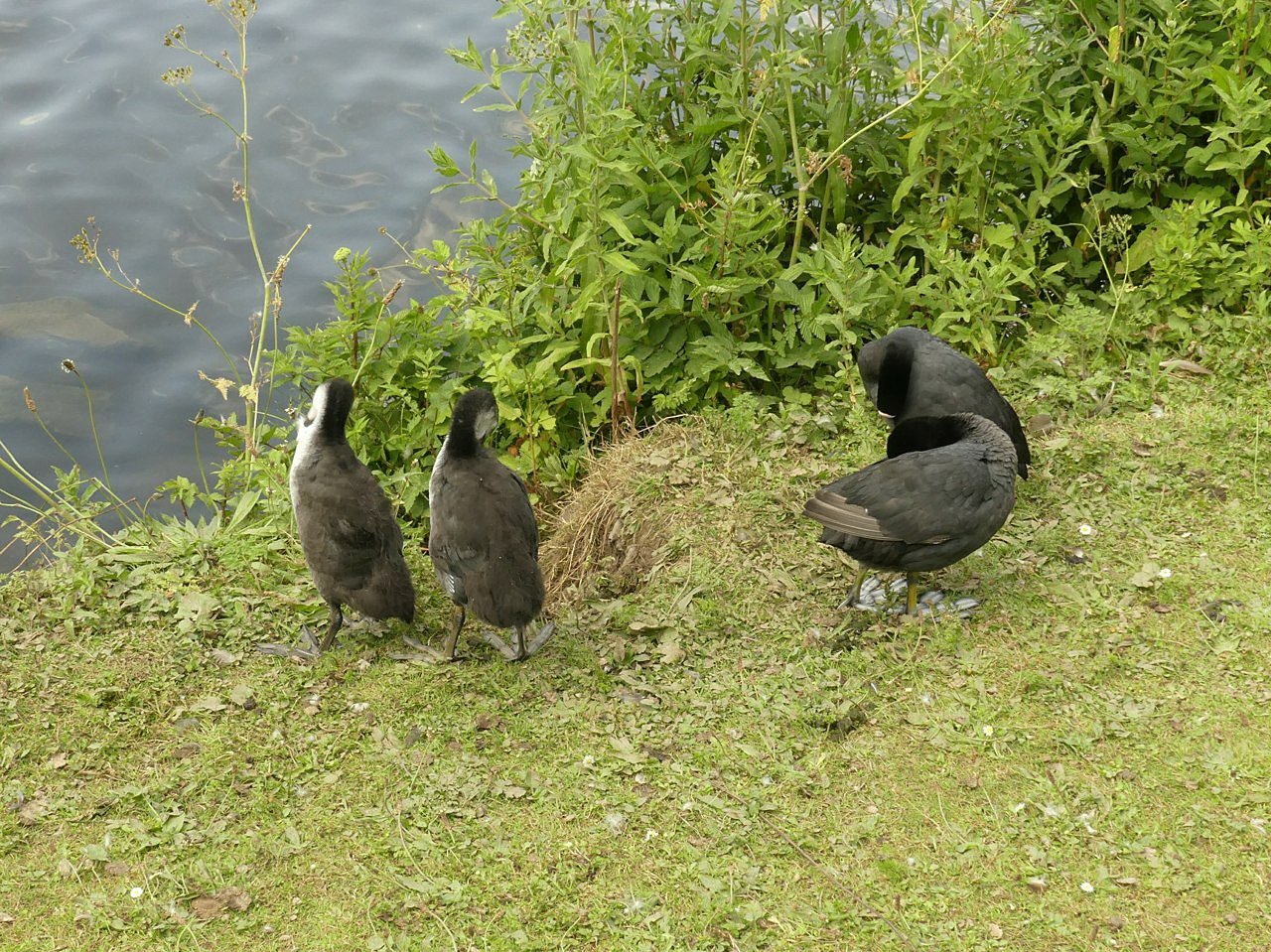
Mexico City’s 22 million residents create constant friction with the wildlife that once roamed freely across this valley. Urban sprawl pushes animals into smaller and smaller pockets of habitat, forcing them into dangerous encounters with vehicles, power lines, and human activity. The center receives a steady stream of collision victims – birds that flew into glass buildings, mammals struck by cars while crossing roads that bisect their territory, and reptiles injured by construction equipment. Window strikes alone account for nearly 30% of the center’s bird admissions, a sobering reminder of how our built environment affects creatures we rarely consider. These aren’t just statistics – they’re individual stories of survival that highlight the complex relationship between modern cities and the natural world.
The Underground Network of Wildlife Rescuers

Behind every animal that arrives at the center lies a network of ordinary citizens who chose to act when they encountered wildlife in distress. Taxi drivers pull over to scoop up injured birds, construction workers stop their projects to rescue trapped mammals, and school children convince their parents to help baby animals found in parks. This informal rescue network operates entirely on compassion and basic human decency, with no training or compensation beyond the satisfaction of knowing they made a difference. The center maintains a 24-hour hotline that receives calls from across the metropolitan area, dispatching trained staff to collect animals that citizens have temporarily safeguarded. Without these everyday heroes, countless animals would perish before professional help could arrive.
Surgical Precision in Wildlife Medicine
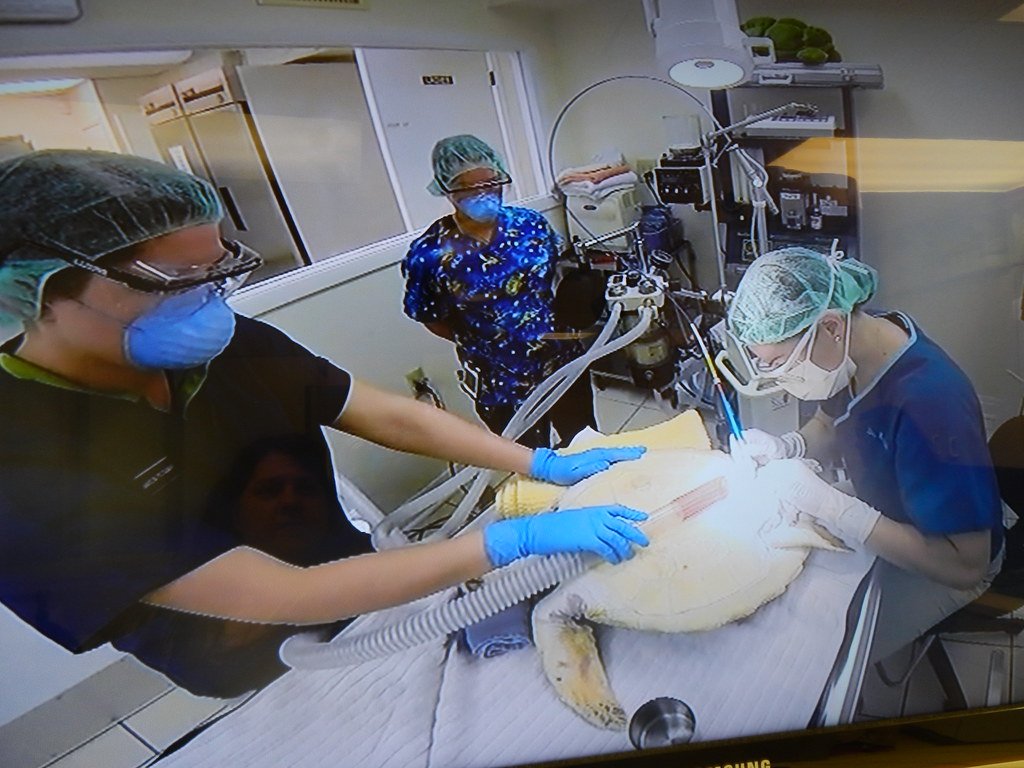
The center’s veterinary suite rivals many human hospitals in its sophistication, equipped with digital X-ray machines, microscopes, and surgical instruments designed specifically for different species’ anatomy. Performing surgery on a hawk requires entirely different techniques than operating on a squirrel, and the center’s veterinarians have mastered procedures that most medical schools never teach. Wing fractures in birds present unique challenges because flight feathers must align perfectly for the animal to achieve lift again – a millimeter’s error can mean the difference between freedom and permanent captivity. Emergency surgeries here can last hours, with teams working under magnification to repair damage that seems impossible to fix. Success rates hover around 70% for surgical cases, a testament to both the skill of the medical team and the remarkable resilience of wild animals.
The Psychology of Wild Healing

Physical wounds heal faster than psychological trauma, and many animals arrive at the center carrying invisible scars from their encounters with human civilization. A hawk that survived electrocution may refuse to hunt for weeks, having associated pain with normal behavior. Young mammals separated from their mothers too early often display anxiety behaviors that can persist long after their physical recovery. The center’s approach recognizes that successful rehabilitation requires addressing both body and mind, creating environments that gradually rebuild confidence while maintaining the wildness essential for survival. Caretakers learn to read subtle behavioral cues that indicate whether an animal is progressing toward release or developing dependencies that could prove fatal in the wild.
Teaching Wild Animals to Be Wild Again

Perhaps the center’s most challenging task is preventing rescued animals from becoming too comfortable with human contact. Hand-feeding an orphaned baby seems natural and compassionate, but every positive interaction with humans makes eventual release more difficult and dangerous. Staff members use elaborate disguises, remote feeding mechanisms, and recorded calls from wild parents to maintain the fear and instincts that keep animals alive in nature. Young birds of prey are introduced to live prey in controlled environments, learning hunting techniques their parents would normally teach them. The goal isn’t to create friendly animals that trust humans – it’s to preserve the wildness that will keep them alive when they return to their natural homes.
The Illegal Wildlife Trade Connection
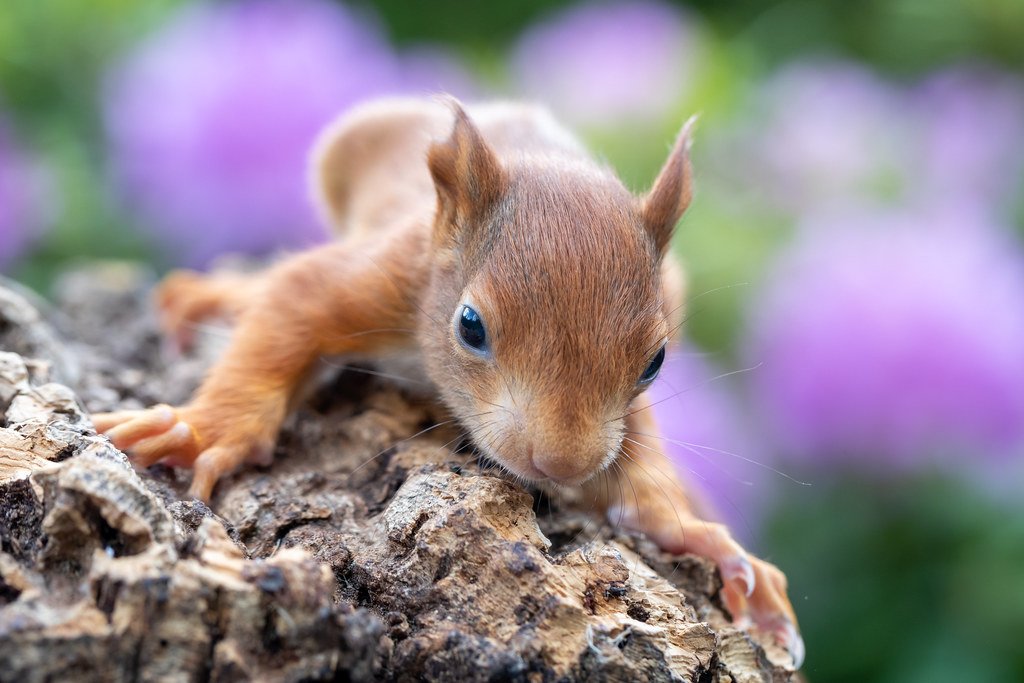
A significant portion of the center’s residents arrived not through accidents but through confiscations from the illegal pet trade. Exotic birds, reptiles, and small mammals seized from markets, private homes, and smuggling operations require specialized rehabilitation that goes beyond medical care. These animals often carry diseases that could devastate wild populations if released untreated, and many have been surgically altered to make them more appealing as pets – parrots with clipped wings, primates with pulled teeth, and mammals on unnatural diets that have compromised their health. The psychological damage from captivity can be even more severe than physical modifications, requiring months or years of reconditioning before release becomes possible. Some animals confiscated from the pet trade never fully recover their wild behaviors and become permanent residents, serving as ambassadors for their species while highlighting the hidden costs of wildlife trafficking.
Technology Meets Traditional Healing

Modern rehabilitation combines cutting-edge technology with techniques that indigenous peoples have used for centuries. GPS tracking devices allow researchers to monitor released animals for months after their return to the wild, providing crucial data about survival rates and habitat preferences. Thermal imaging cameras help locate injured animals in dense vegetation where human searchers might miss them. Yet alongside these high-tech tools, staff members still use traditional herbal remedies and natural healing methods that have proven effective for generations. The center’s approach acknowledges that technology can enhance but never replace the deep understanding of animal behavior and natural processes that form the foundation of successful wildlife rehabilitation.
Breeding Hope for Endangered Species
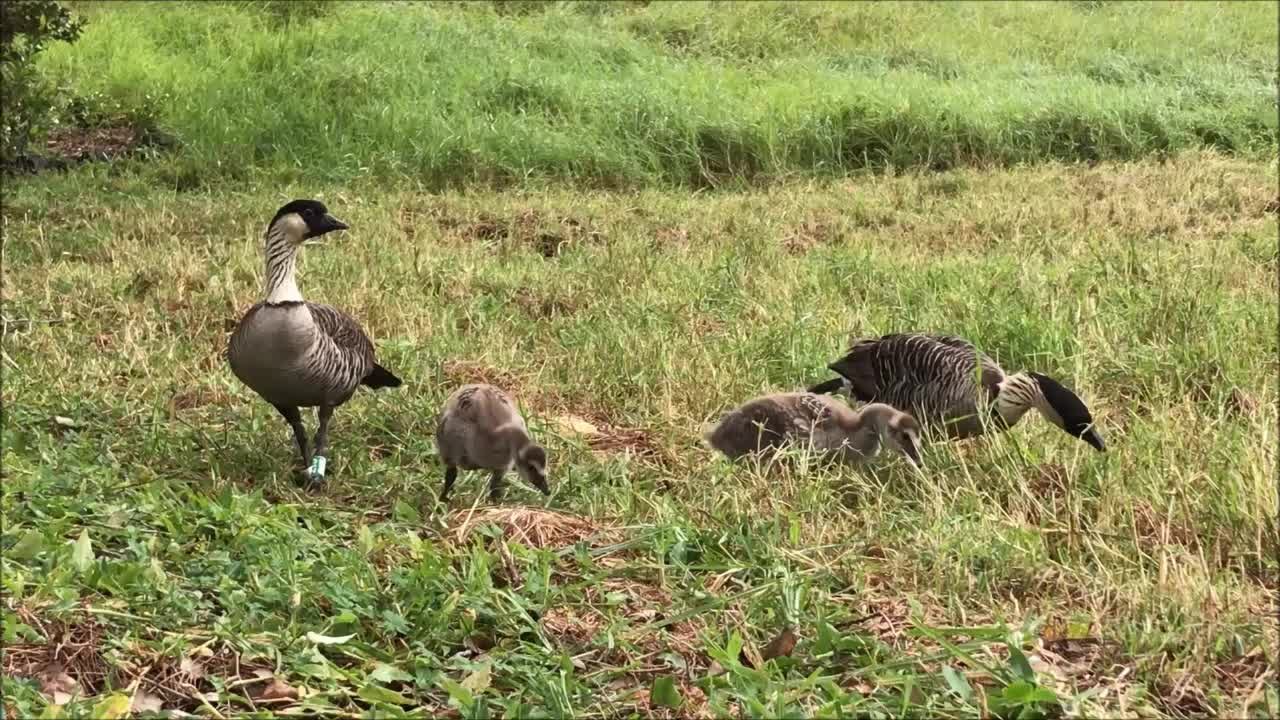
Beyond individual rescue and rehabilitation, the center plays a crucial role in preserving species that face extinction in the wild. Their breeding programs focus on native Mexican species that have disappeared from their historical ranges due to habitat loss and hunting pressure. These aren’t zoo-style breeding efforts aimed at maintaining captive populations, but carefully managed programs designed to eventually reintroduce animals to protected habitats. Genetic diversity receives as much attention as physical health, with detailed records maintained to prevent inbreeding and preserve the traits that allow species to adapt to changing environments. Some of the center’s most significant successes involve species that most people have never heard of – endemic salamanders, rare butterflies, and subspecies of birds that exist nowhere else on Earth.
The Volunteers Who Give Their Hearts

The center operates on a shoestring budget supplemented by the donated time and energy of volunteers who come from every walk of life. Retired teachers help with educational programs, veterinary students assist with medical procedures, and office workers spend weekends cleaning enclosures and preparing food. These volunteers develop deep emotional connections with the animals they help, celebrating releases as personal victories and mourning losses as genuine grief. Many volunteers describe their time at the center as life-changing, providing perspective on humanity’s relationship with nature that they carry into their daily lives. The volunteer program serves as an informal education system, creating conservation ambassadors who spread awareness about wildlife protection throughout Mexico City’s neighborhoods.
The Science of Second Chances
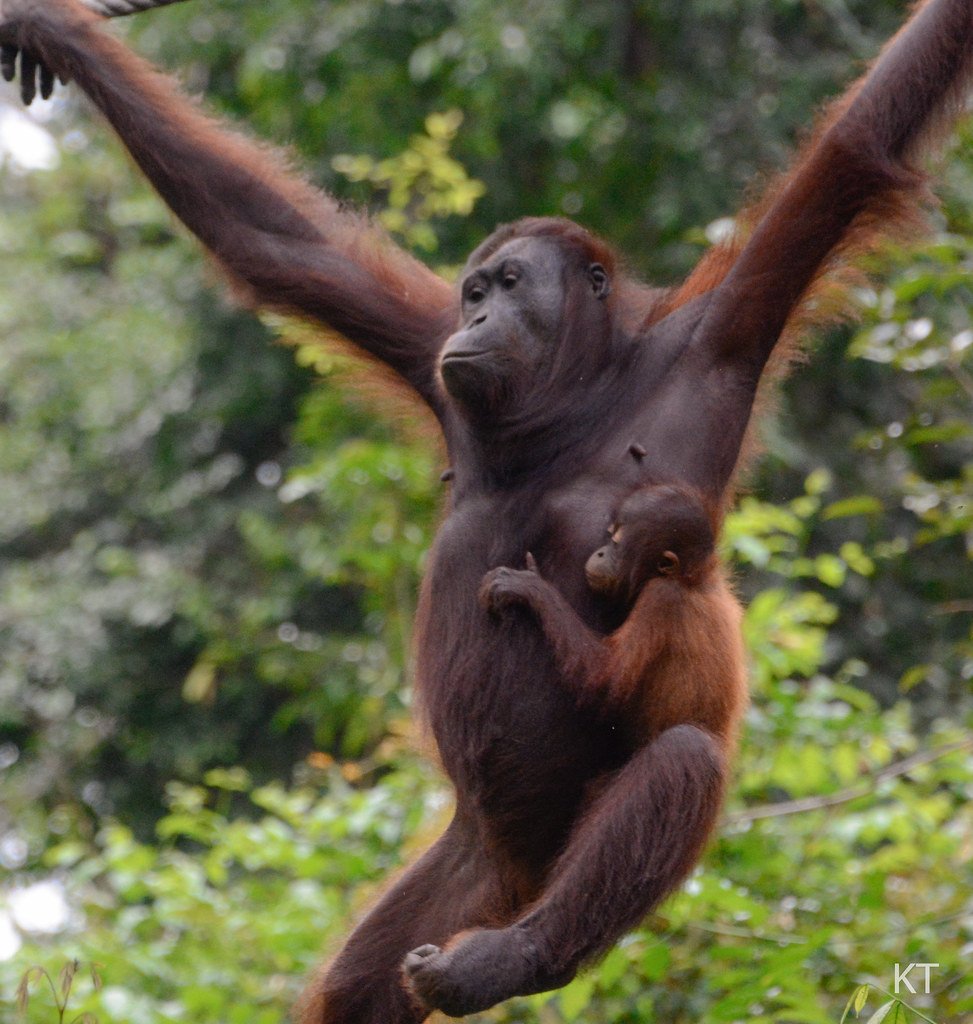
Every animal that passes through the center contributes to scientific understanding of wildlife medicine, behavior, and conservation. Detailed records of injuries, treatments, and outcomes build databases that inform future rescue efforts and reveal patterns in human-wildlife conflict. Research conducted at the center has led to improved surgical techniques, better understanding of nutrition requirements for different species, and insights into how urban environments affect wild animal behavior. This knowledge gets shared with other rehabilitation centers throughout Latin America, multiplying the impact of lessons learned from each individual case. The center’s research publications appear in international veterinary journals, contributing to global efforts to improve wildlife rehabilitation success rates.
When Release Day Arrives
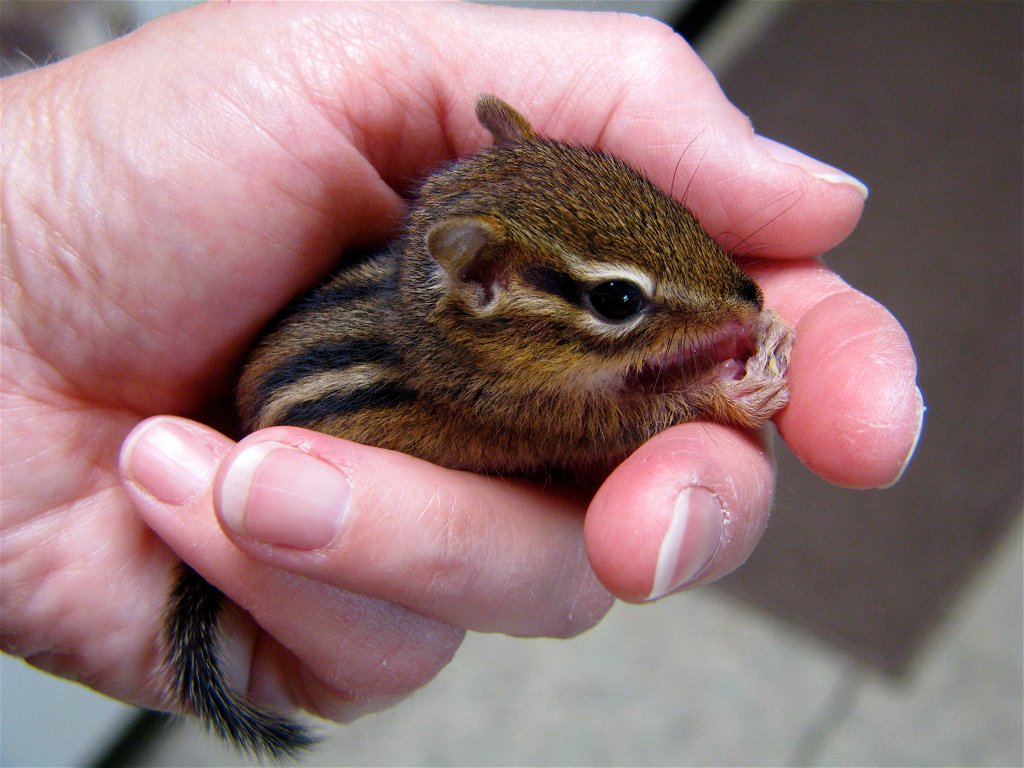
The ultimate goal of every admission is a successful release back to the wild, but determining when an animal is ready requires careful evaluation of multiple factors. Physical healing is just the beginning – animals must demonstrate proper fear responses to humans, successful foraging or hunting behaviors, and appropriate social interactions with their own species. Release sites are chosen based on habitat quality, distance from human activity, and presence of established populations that can provide social structure for formerly captive animals. The actual release process varies by species but always includes monitoring to ensure the animal successfully adapts to freedom. GPS collars, radio transmitters, and visual markers allow researchers to track released animals for months, providing crucial data about rehabilitation success rates and areas for improvement.
The Heartbreak of Permanent Residents
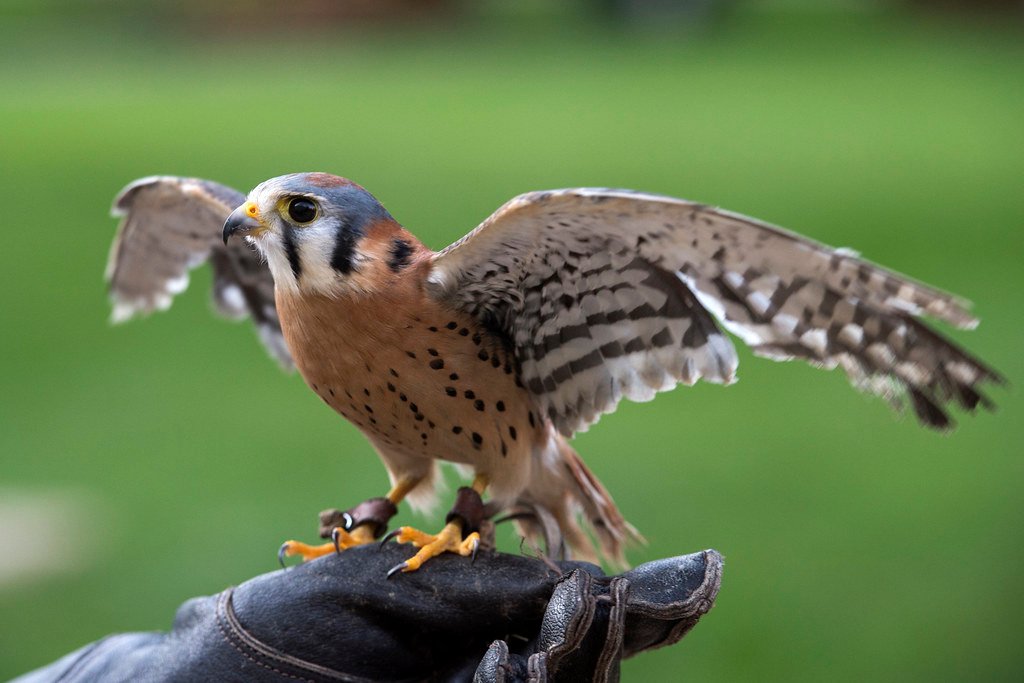
Not every story ends with a triumphant return to the wild, and the center maintains long-term care facilities for animals too damaged by their experiences to survive in nature. These permanent residents often become the most effective educators, allowing visitors to observe native wildlife up close while learning about conservation challenges. A one-winged hawk that can never fly again demonstrates the dangers of power lines more effectively than any lecture or poster. These animals receive the same high-quality care as those destined for release, living in spacious enclosures designed to provide enrichment and comfort for their remaining years. Staff members develop deep bonds with permanent residents, recognizing their sacrifice as involuntary ambassadors for their species.
Fighting Extinction One Animal at a Time

In an era of mass extinctions and climate change, the work of saving individual animals might seem insignificant against global challenges. Yet the center’s approach recognizes that conservation happens at multiple scales simultaneously – each rescued animal represents genetic diversity preserved, each successful release demonstrates techniques that can be replicated elsewhere, and each volunteer educated becomes a voice for wildlife protection. The cumulative impact of thousands of individual rescues creates ripple effects that extend far beyond Mexico City’s boundaries. Success stories from the center inspire similar efforts throughout Latin America, proving that dedicated individuals can make measurable differences in species survival. The center’s work provides hope in an age when environmental news often focuses on loss and destruction.
The Next Generation of Wildlife Protectors

Educational programs at the center focus on Mexico City’s children, who will inherit both the environmental challenges and opportunities of the 21st century. School groups visit regularly to learn about local wildlife and conservation challenges, often encountering species they never knew existed in their own city. These visits frequently inspire career choices, with former student visitors returning as veterinary students, biology researchers, and conservation professionals. The center’s education team works to counter common misconceptions about wildlife – that snakes are always dangerous, that owls bring bad luck, or that wild animals make good pets. By fostering respect and understanding for native species, these programs create the foundation for more effective conservation efforts in the future.
Funding the Mission of Mercy

Operating a wildlife rehabilitation center requires constant fundraising creativity, as government support remains limited and public awareness stays low. The center relies on a combination of private donations, grants from international conservation organizations, and income from educational programs to maintain operations. Equipment donations from veterinary hospitals and laboratories help reduce costs, while partnerships with universities provide research opportunities that benefit both students and animals. Social media campaigns have begun to raise the center’s profile, sharing rescue stories that inspire supporters from around the world. Despite financial constraints, the center’s staff remains committed to helping every animal that arrives, often working without pay during budget shortfalls rather than turning away animals in need.
A Model for Urban Wildlife Coexistence

The Mexico City Wildlife Center represents more than just a place where injured animals receive care – it demonstrates how urban areas can actively support rather than simply tolerate wildlife populations. The center’s success stories provide blueprints for similar facilities in other rapidly growing cities throughout the developing world. Techniques developed here for treating urban-related injuries, managing human-wildlife conflict, and educating citizens about coexistence have been adapted for use in cities as diverse as São Paulo, Mumbai, and Lagos. The center’s approach proves that even in the world’s most densely populated urban areas, space and resources can be found to support the wildlife that shares our environment. As cities continue to expand globally, models like Mexico City’s wildlife center become increasingly important for maintaining biodiversity in an urbanizing world.
Behind those unremarkable concrete walls, ordinary people perform extraordinary acts of compassion every single day. They prove that in a world often focused on what’s broken, there are still places dedicated to the patient work of healing. Every released bird that soars back into Mexico City’s sky carries with it a piece of hope – hope that humans can learn to share space with the wild creatures that were here first, hope that individual actions can create meaningful change, and hope that tomorrow might bring fewer rescues because we’ve learned to build a world where wildlife and humans can thrive together. What if more cities had places like this hidden in plain sight?

